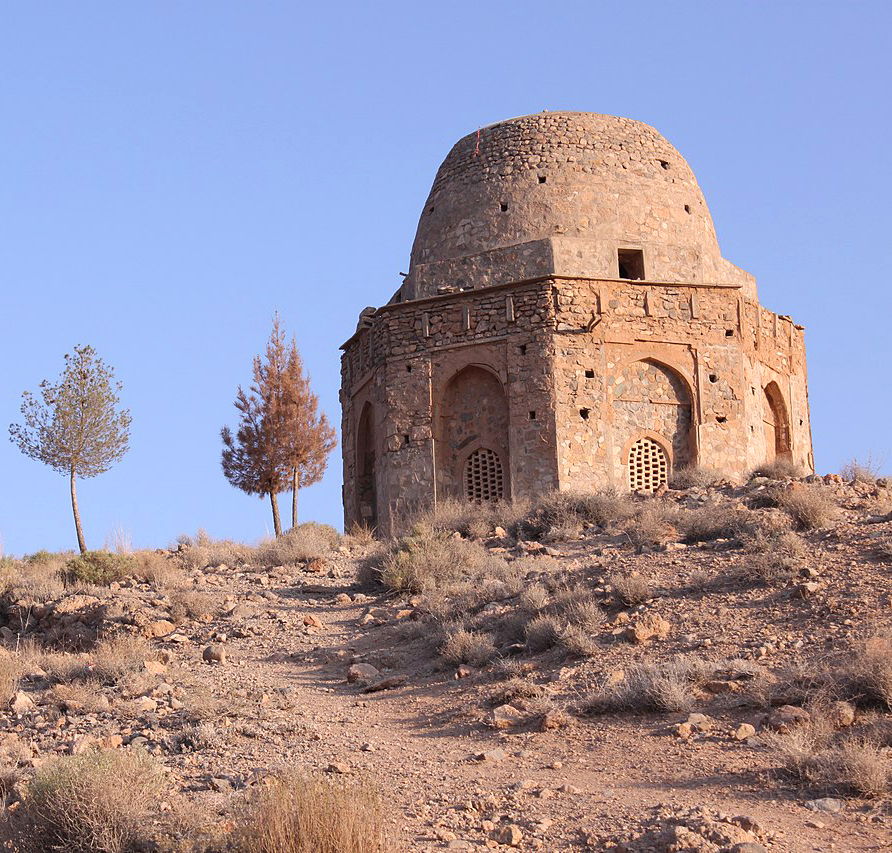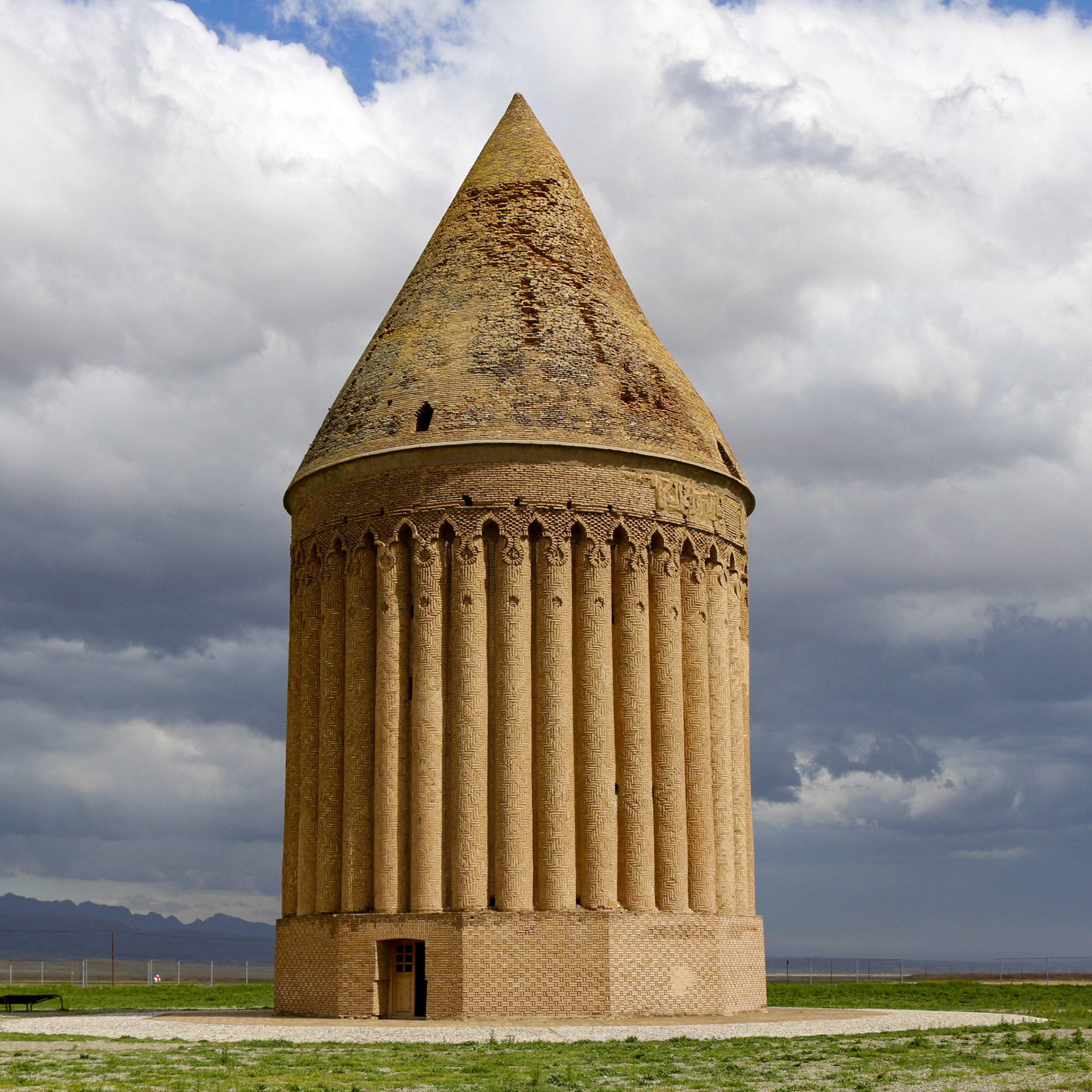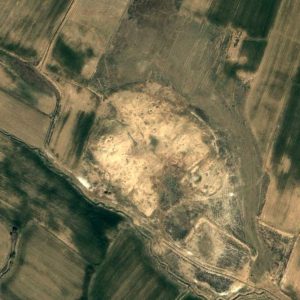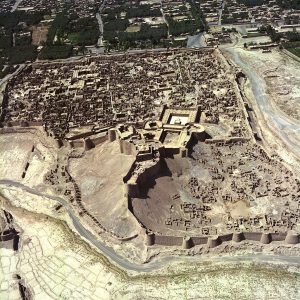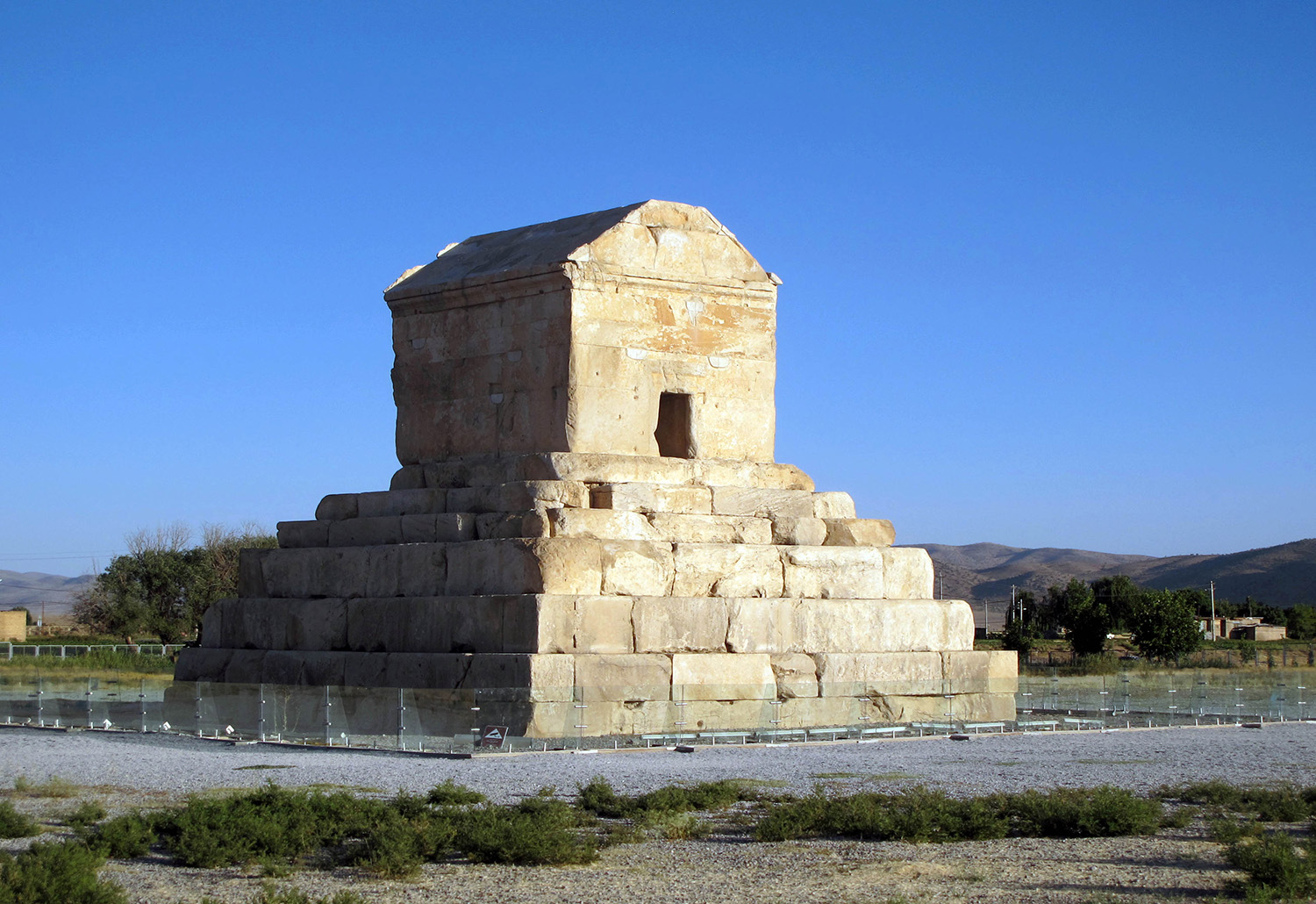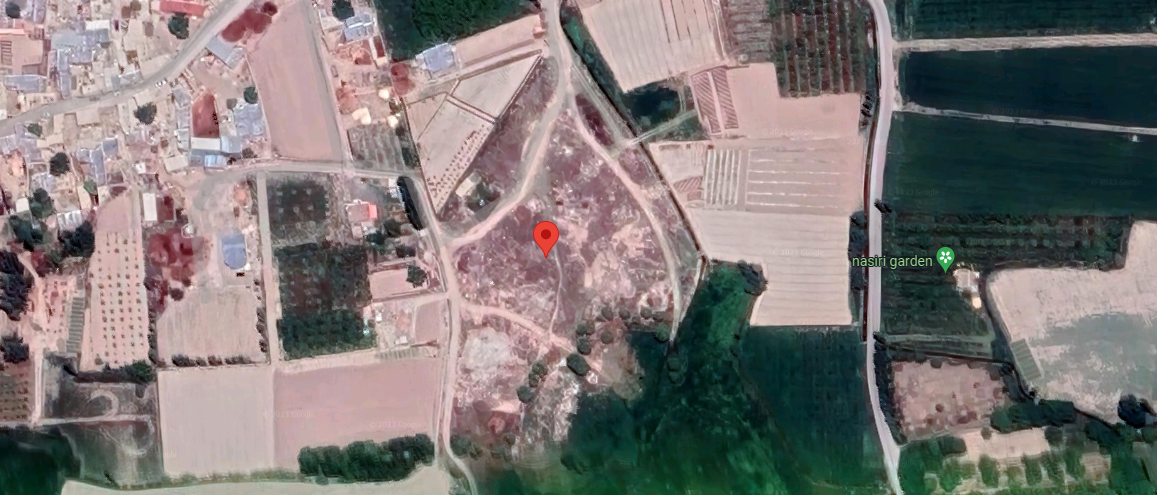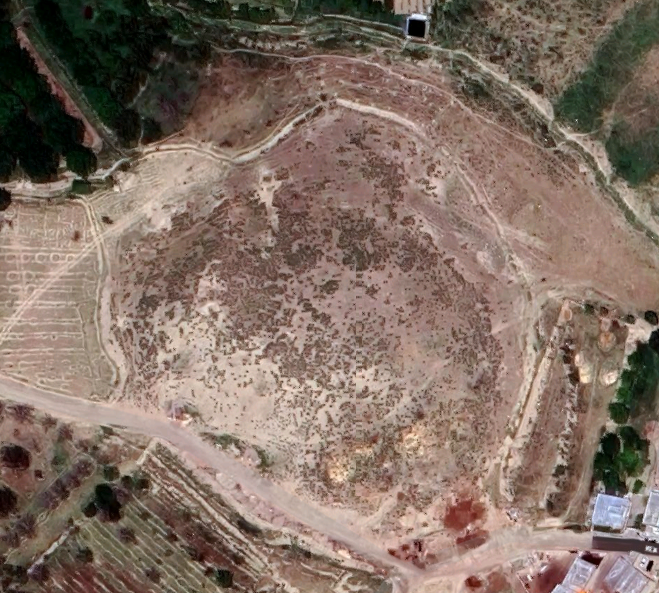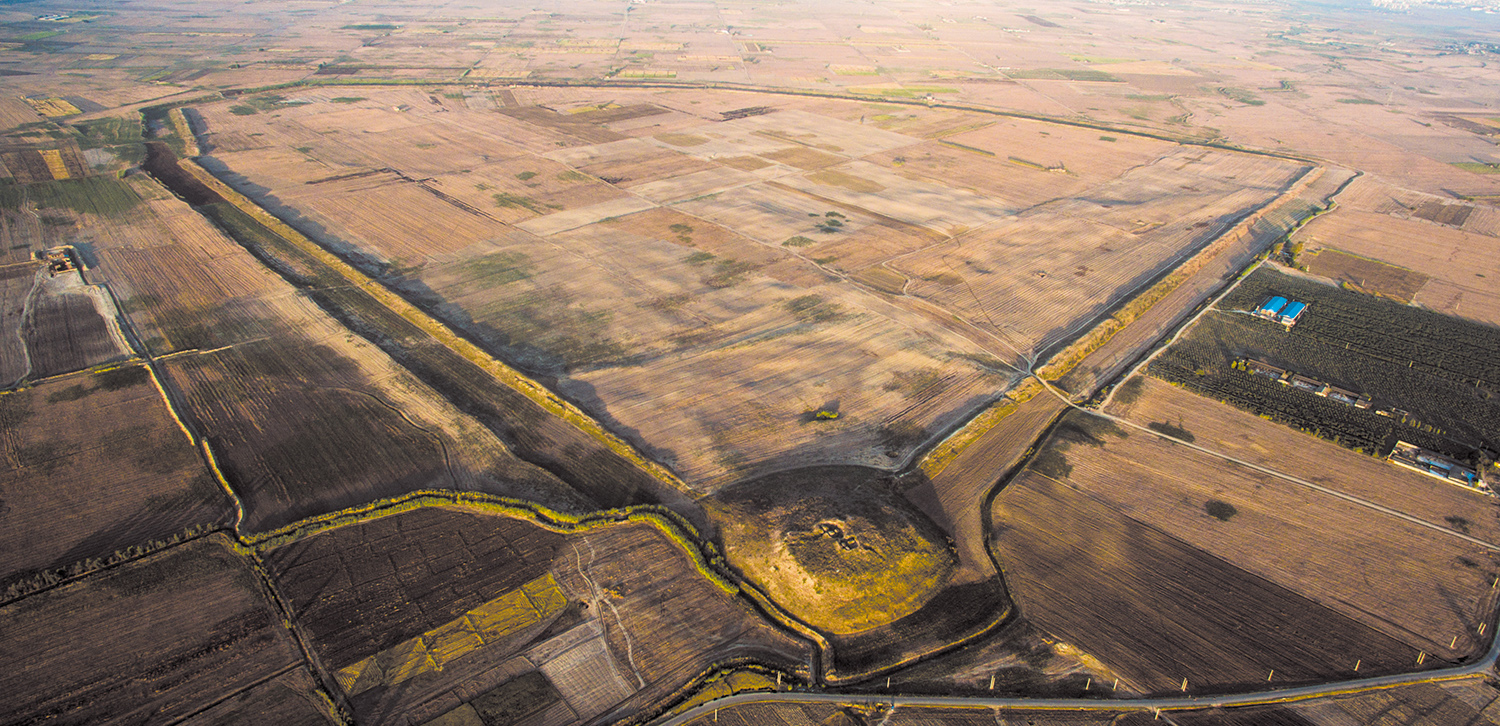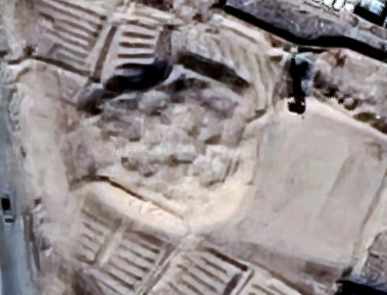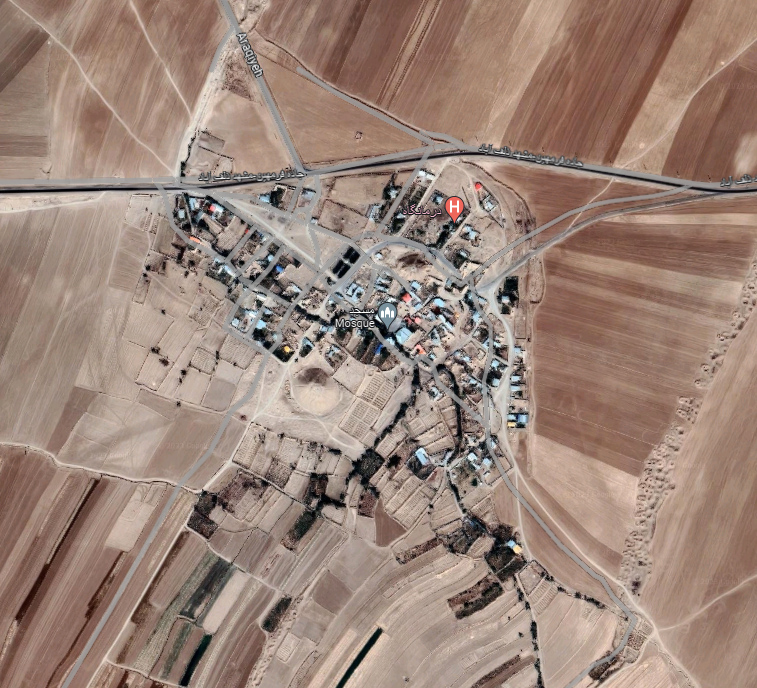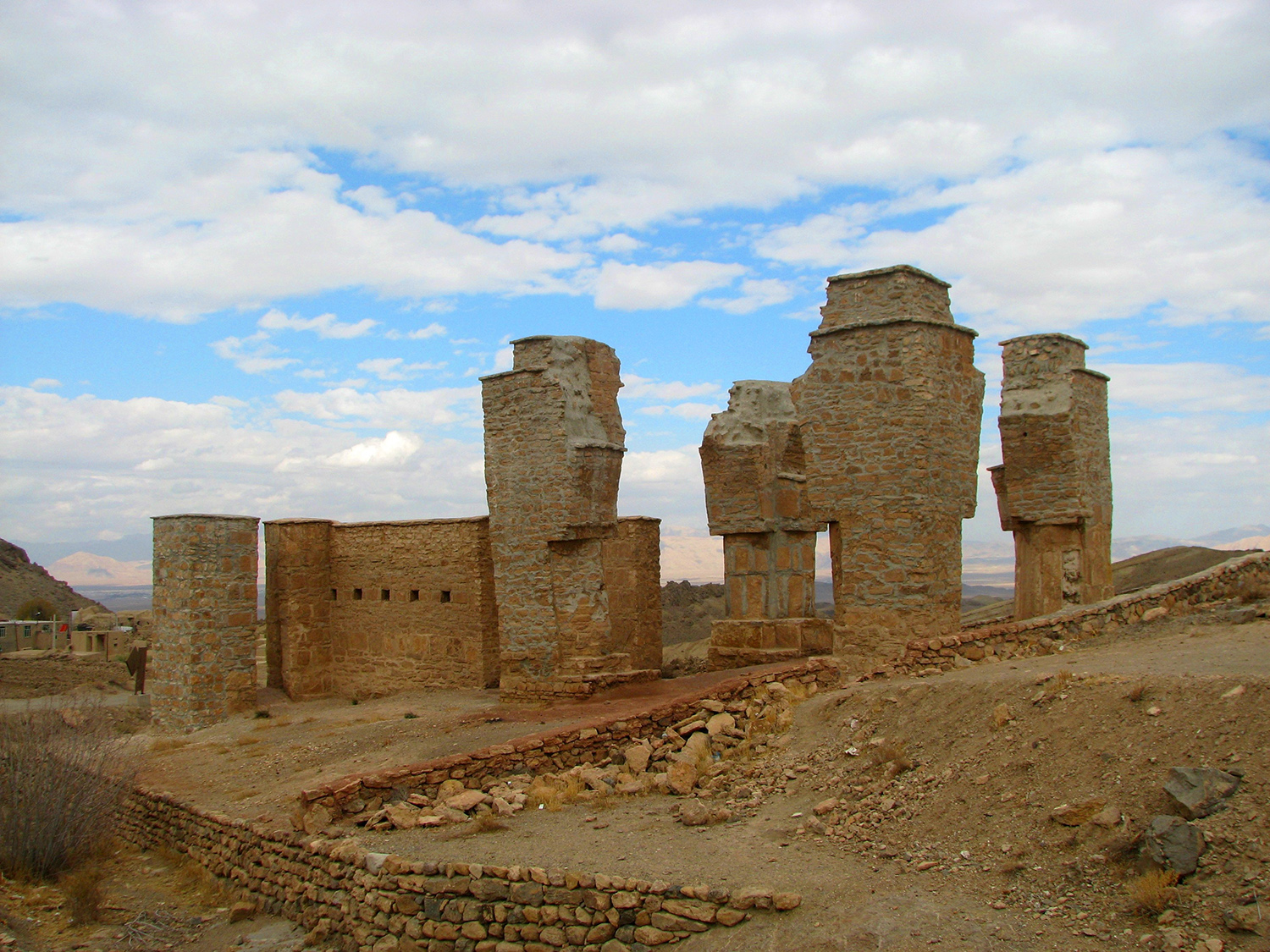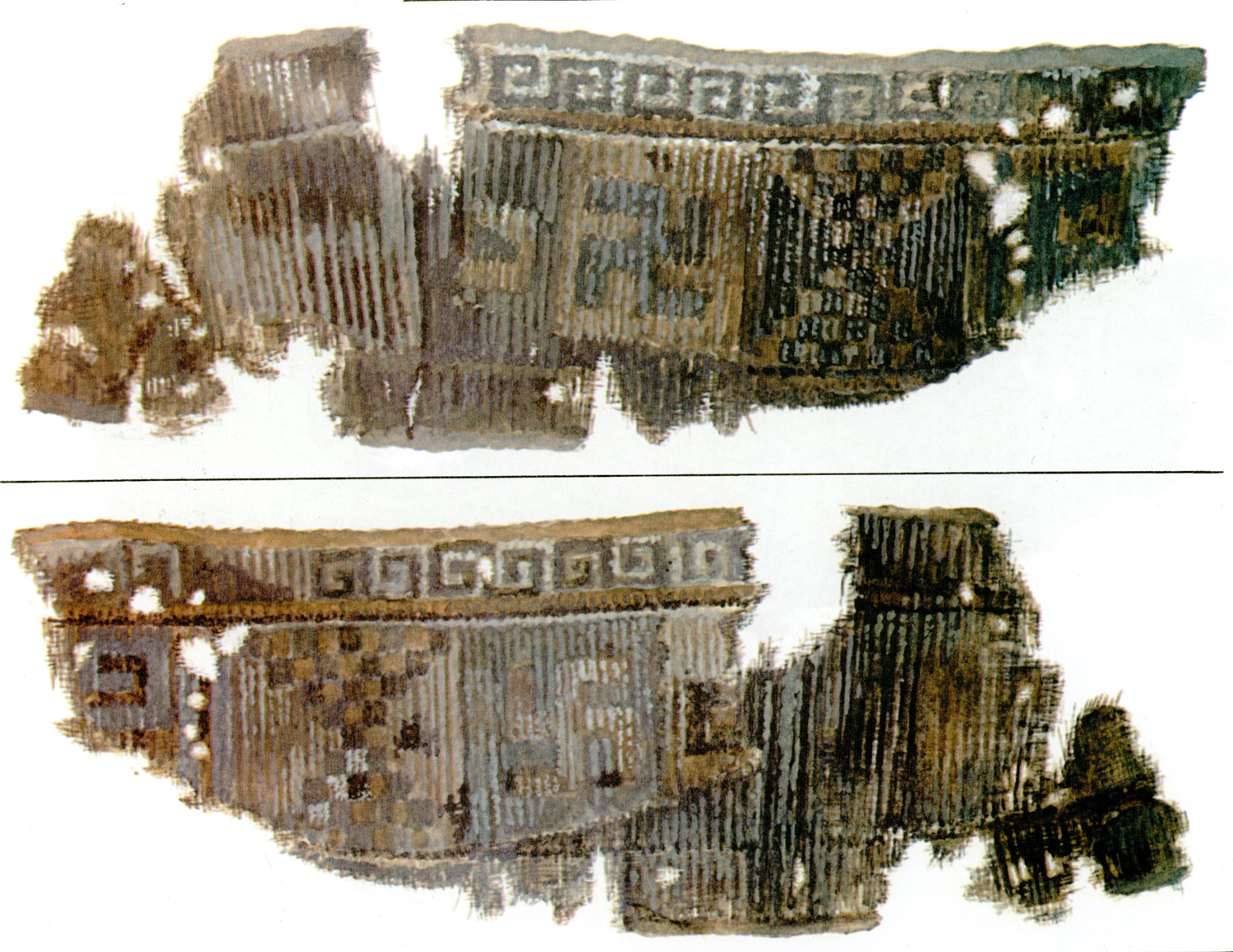Qal’eh Kūti (Ghalekuti), Eshkevarقلعه کوتی، اشکور
Location: Qal’eh Kūti is in the Eshkevar region, northern Iran, Gilan Province.
36°41’58.84″N 50° 4’41.32″E
Historical Period
Iron Age - Parthian
History and description
Qal’eh Kūti (High Castle) is an imposing hill, 2 km south of the village Kōmeni, in the Eshkevar mountains, in Gilan (fig. 1). The surface of the hill is covered with glazed potsherds of the Islamic period as well as architectural fragments in rubble masonry and stone. On the hill's western slope, there is a considerable graveyard of the early first millennium B.C. and the Parthian period. There are two types of graves at Qal’eh Kūti. A simple pit grave of the Iron Age period with very few grave goods and no consistent burial orientation. Another type of grave is what is called a stone tomb in the form of an oval with an average size ranging from 1.30 m to 2.80 m in diameter (fig. 2). The tomb was built of large stones and boulders put together without mortar, covered with one or two large stones. The oriental of burials is mostly east-west. The dead were placed on the left side in a flexed position. In the Parthian period burials, grave goods consist of pottery vessels, weapons in iron, and a few pieces of personal ornaments found mostly in women’s burials.
Archaeological Exploration
The graveyard at Qale’h Kūti was first explored in the summer of 1977 by Mahmoud Mousavi on behalf of the Iranian Centre for Archaeological Research. Although most of the graveyard had been the object of repeated lootings and clandestine excavations, Mousavi was able to excavate a dozen burials in a short excavation season.
Finds
Finds consist of pottery vessels, the typical Late Iron Age Grey Ware and the Parthian Grey Ware, weapons and tools in iron and occasionally in bronze, and personal ornamentation in copper and stone.
Bibliography
Haerinck, E., La céramique en Iran pendant la période parthe, Gent, 1983, p. 152.
Mousavi, M., Bāstānshenāsi-ye Gilān, Ketāb-e Gilān, E. Arabani (ed.), ch. 13, Tehran, 1374/1995, pp. 525-526 (for Qal’eh Kūti).
Author: Ali Mousavi
Originally published: May 26, 2022
Last updated: January 14, 2025










